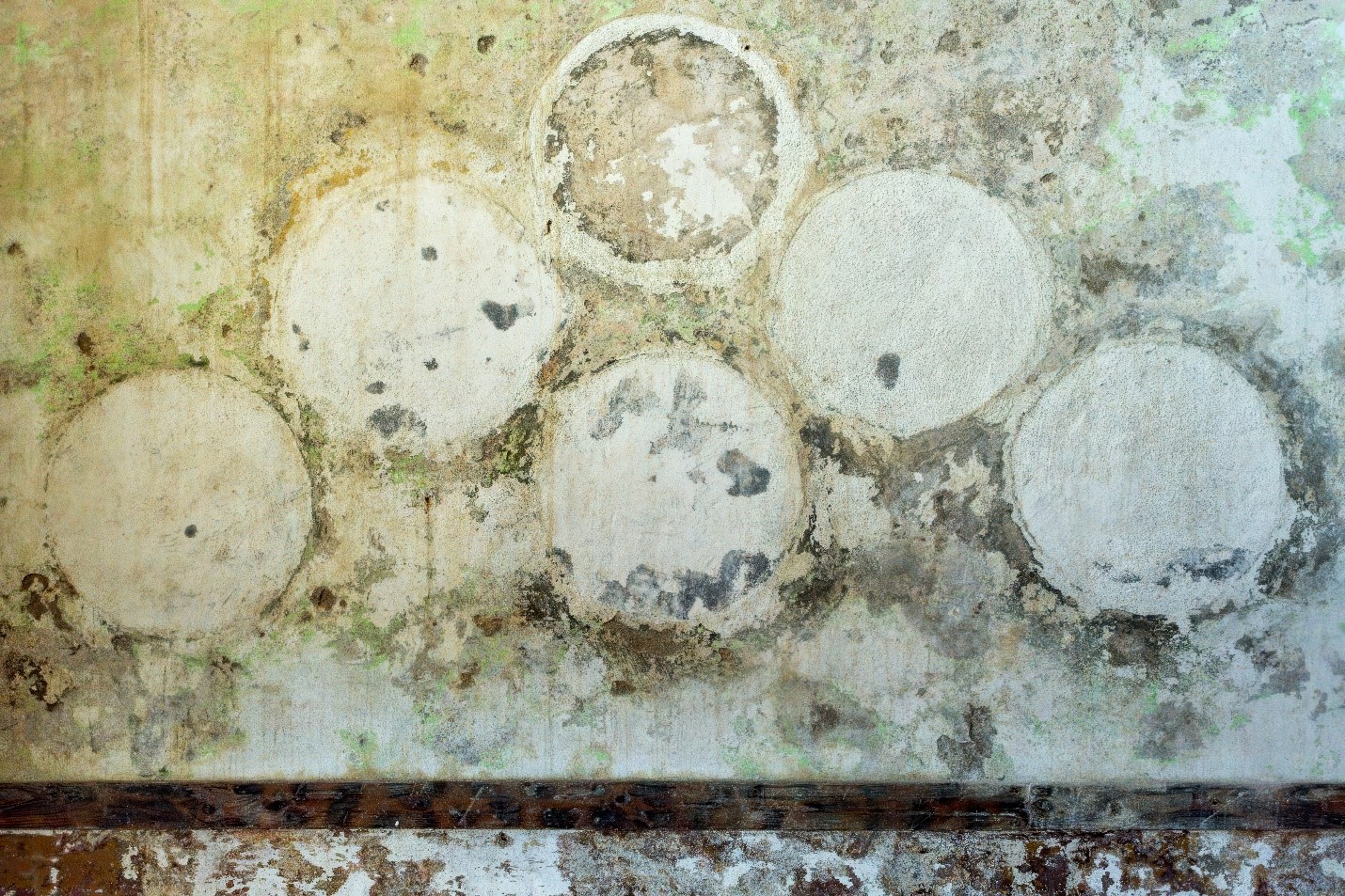In the realm of trauma cleanup, one of the critical challenges faced by professionals is the presence of mold. Mold can thrive in environments affected by trauma, especially where there is moisture or organic material left behind. Recognizing and effectively dealing with mold is essential to ensure the safety and health of those affected by the trauma and the professionals conducting the cleanup.
Understanding Mold in Trauma Environments
Mold is a type of fungus that grows in damp and humid conditions. Trauma scenes, particularly those involving water damage or prolonged exposure to biological materials, create the perfect breeding ground for mold. The presence of mold can complicate the cleanup process, posing additional health risks such as respiratory issues, allergic reactions, and infections. Therefore, identifying mold early in the cleanup process is paramount.
Signs of Mold Presence
Professionals must be vigilant in spotting signs of mold. Common indicators include:
- Visible Growth: Mold often appears as black, green, or white patches on surfaces like walls, ceilings, and floors.
- Musty Odor: A persistent musty smell is a strong indicator of mold growth, even if it is not immediately visible.
- Health Symptoms: Unexplained respiratory problems, skin irritation, or allergic reactions among cleanup crew members can suggest mold exposure.
Steps for Effective Mold Remediation
Once mold is detected, the following steps should be taken to ensure safe and effective remediation:
- Assessment and Containment: Evaluate the extent of the mold contamination and contain the affected area to prevent the spread of spores. Use plastic sheeting and tape to seal off the area.
- Personal Protective Equipment (PPE): Equip all cleanup personnel with appropriate PPE, including gloves, masks, and protective clothing, to safeguard against mold exposure.
- Removal of Contaminated Materials: Carefully remove and dispose of materials that are heavily infested with mold, such as drywall, carpets, and insulation.
- Cleaning and Disinfection: Use specialized cleaning agents to scrub and disinfect all affected surfaces. Ensure thorough drying to prevent mold from returning.
- Air Quality Control: Employ air purifiers and dehumidifiers to improve air quality and reduce humidity levels in the affected area.
Preventing Future Mold Growth
To prevent mold from reappearing, address any sources of moisture promptly. Repair leaks, improve ventilation, and maintain a dry environment. Regular inspections and maintenance can help in early detection and prevention of mold growth.
Dealing with mold in trauma cleanup requires vigilance, proper training, and the right tools. By recognizing the signs of mold and following stringent remediation protocols, trauma cleanup professionals can ensure the safety and health of everyone involved.
For professional trauma cleanup services, contact Bio Clean today. Our team is trained to handle the complexities of mold remediation with expertise and care.
Picture credit: unsplash

